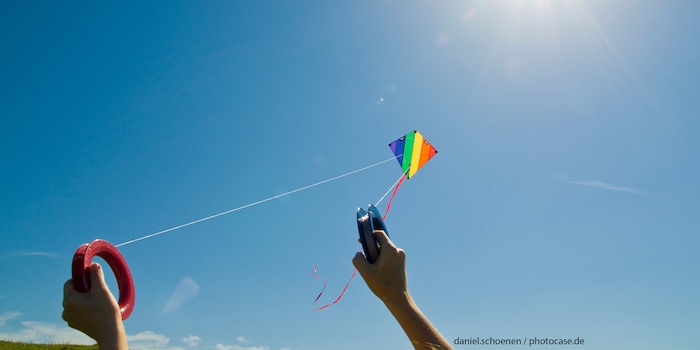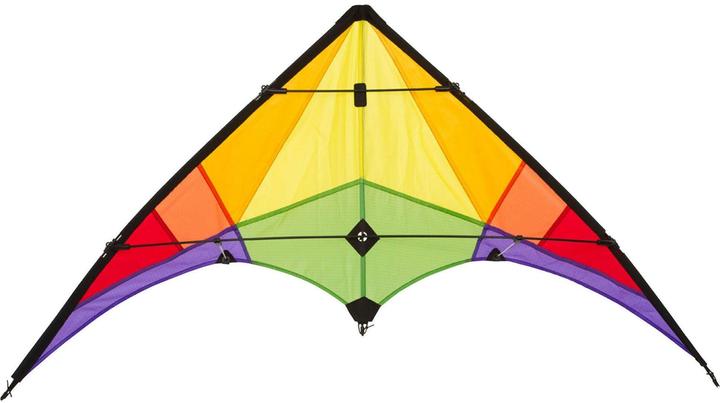

Flying high in autumn: fly your kite!
Summer is slowly but surely coming to an end. What we want now is a sunny, golden autumn with really windy days! Then this season will be great fun for kite flying.
Why can a kite fly?
Air is always in motion. If this movement is stronger, we perceive it as wind. When the air/wind hits the surface of the kite at a certain speed, two forces collide and it takes off. If you hold the kite by a string and make it work against the air, it is pushed upwards - similar to an aeroplane. If you pull harder on the string, the force against the air is greater and the kite rises even higher. If it is stable, large and yet light, this promises an optimal flight!
How to fly your first kite successfully
It is important that you look for a suitable location. A large, open area without trees is ideal. There should also be no power lines nearby. These are life-threatening in combination with a kite!
Then stand in the centre of the area with your back to the wind and place the kite on the ground in front of you with the side to which the line is attached facing upwards. Now walk backwards a little and slowly unwind the line. As soon as you are a few metres away from the kite, you can make your first attempt to launch it. To do this, first pull lightly and then pull a little harder on the line. You can pull with force, but not jerkily.
Once you have done all of this successfully and, above all, at the right moment, the kite slowly rises so that the wind can enter the kite. Patience is crucial when flying a kite. Instead of chasing the wind, it's about waiting for the right moment. Even if there is no storm, there is always some wind. Sooner or later, a little breeze will make its way towards the kite. You have to wait for this little gust of wind so that the kite can rise slowly but surely. Once it takes off, it rises more and more towards the sky. Always keep the line taut. You can steer the kite by pulling the left and right lines.
To land safely, you must let the line become slack. Either unwind more line or move towards the kite. This will make it fly back to the ground.
As is so often the case in life: Practice makes perfect! Don't be discouraged if you don't get it right the first time. It gets better every time until you get the hang of it and get the kite in the air in no time at all.
Smaller kites are more suitable for children - if they also have a hard pattern, the little ones are sure to be particularly motivated. For older children and adults, the two larger kites are particularly suitable for their first attempts at flying:
I love the strategy game “The Settlers of Catan”, the Ravensburger puzzle “Colourful Cupcakes” and the pink fluffy unicorn that sits on my desk (a birthday present from my workmates). Not only do I have a weakness for toys, I also get excited about good food and comedy TV shows.

